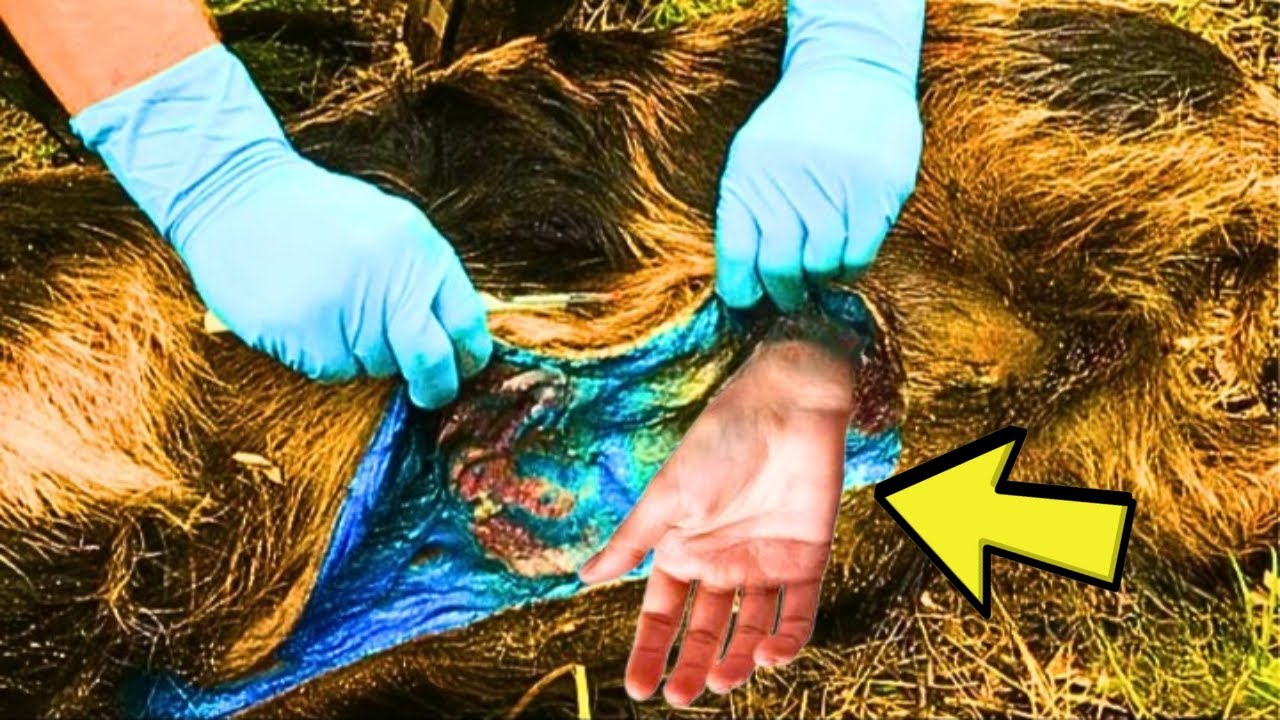In a curious incident from California that caught the attention of many on social media, a feral pig harvested by a local rancher displayed a most unusual characteristic upon examination. The event unfolded when a man, referred to here as Glenn, shared his experience online after discovering something unexpected during a routine activity on his ranch in Morgan Hill.

After the pig was humanely dispatched and brought back to the ranch for processing, the family encountered a surprising sight. As they began to prepare the meat, they noticed that the fat within the pig was a fluorescent blue color. This striking discovery prompted a flurry of discussions and speculations among online communities.
Glenn, intrigued and concerned by the unusual coloration, turned to the internet for insights. He shared that copper poisoning is known to cause blue pigmentation, but dismissed this as a cause since the area only had old mercury mine shafts which had been properly managed. None of the other pigs from the ranch had ever exhibited such a phenomenon.

Online commenters proposed various theories. Some suggested that the pig might have ingested rodent poison, commonly used in the area to control pest populations and known to contain a blue dye.
This theory was supported by local residents familiar with pest control practices in the region. Another idea was that the pig might have consumed water or food contaminated with a blue dye from a nearby source, though this was less certain.

To resolve the mystery, Glenn mentioned that samples of the tissue had been sent to the University of California, Davis for analysis, hoping to get some answers about the peculiar blue fat. The community eagerly awaits these results, which could provide valuable insights into local environmental impacts on wildlife.
This unusual story highlights how even routine events can lead to startling discoveries and foster community engagement and scientific inquiry. What are your thoughts on this bizarre finding? Would you have any concerns about environmental factors in your area affecting wildlife? Share your views in the comments below!

